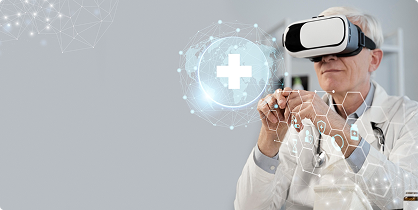
FHIR vs X12: How to Translate Legacy to Modern
In today’s fast-moving digital healthcare environment, the need for real-time, accurate, and accessible patient data is more critical than ever. Traditional healthcare systems often struggle with interoperability, data silos, and delays in data sharing. This is where FHIR — Fast Healthcare Interoperability Resources — is stepping in to revolutionize the game.
What is FHIR?
Developed by HL7 (Health Level Seven International), FHIR is a standard that defines how healthcare information can be exchanged between different computer systems — regardless of how it is stored. FHIR uses modern web technologies such as RESTful APIs, JSON, and XML, making it developer-friendly and easy to implement.
The Problem with Legacy Systems
Older systems often rely on bulky formats and outdated protocols like HL7 v2 or CDA documents, which make real-time data exchange difficult. Healthcare providers end up with fragmented patient records, limited visibility, and slower decision-making.
How FHIR Changes the Game
- Real-Time Data Access
FHIR allows systems to access and update patient data instantly via APIs. For example, a doctor can view the latest lab results or imaging reports directly within their EHR, without waiting for manual updates or faxes.
- Improved Interoperability
- FHIR promotes a universal language for healthcare systems. Whether it’s a hospital, pharmacy, or mobile health app, FHIR enables them to “talk” to each other with ease.
- Better Patient Engagement
- FHIR also empowers patients by giving them easier access to their own health data through apps and portals. This transparency helps patients make informed decisions and stay involved in their care.
- Support for Innovation
Because it’s based on modern web standards, FHIR opens doors for startups and developers to build healthcare apps, AI tools, and analytics platforms that can integrate with existing systems without starting from scratch.
Real-World Use Cases
- Apple Health Records uses FHIR to let patients access health data from multiple providers on their iPhones.
- Google Cloud Healthcare API is FHIR-native and enables secure, scalable data exchange.
- Hospitals and payers are using FHIR to streamline prior authorizations and reduce delays in patient care.
Challenges Ahead
While FHIR adoption is growing, challenges remain. Not all systems are fully compatible yet, and security, consent management, and data quality need constant oversight. However, these hurdles are being actively addressed by both regulators and technology providers.
Conclusion
FHIR isn’t just a technical standard — it’s a bridge to better, faster, and more connected healthcare. As real-time access becomes the norm and patient-centered care takes center stage, FHIR is poised to be the foundation of the next generation of digital health systems.


